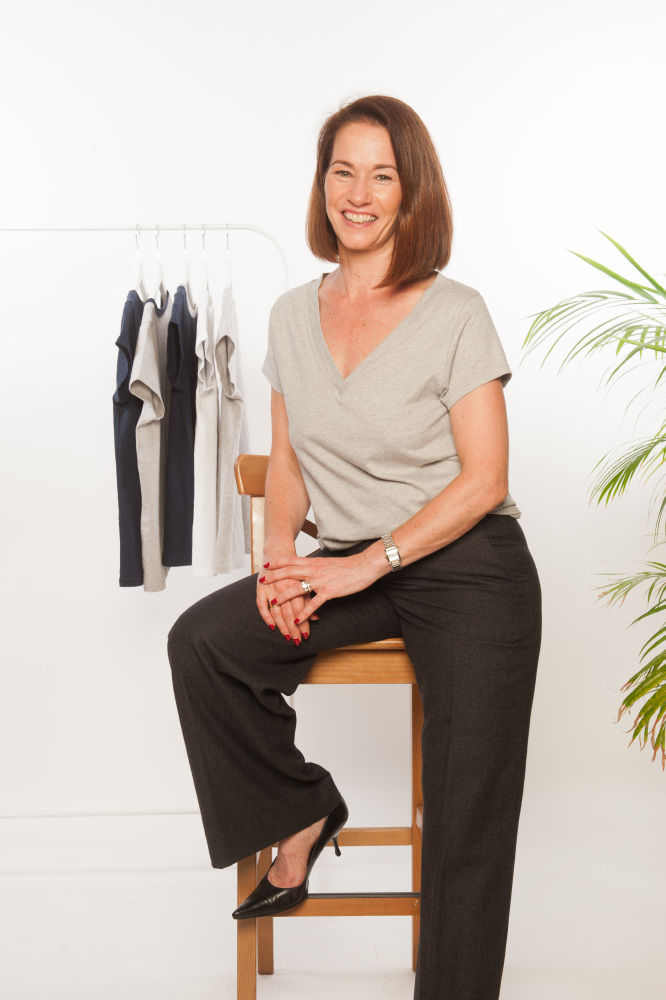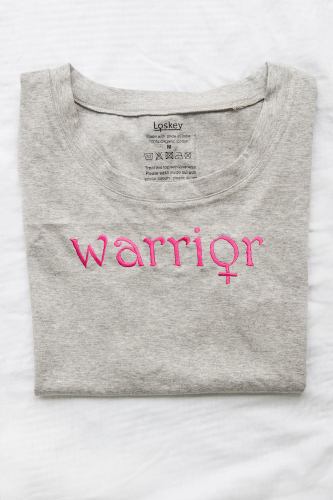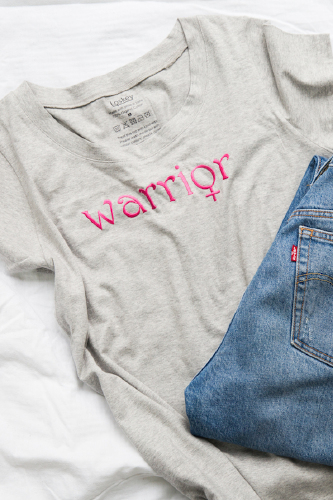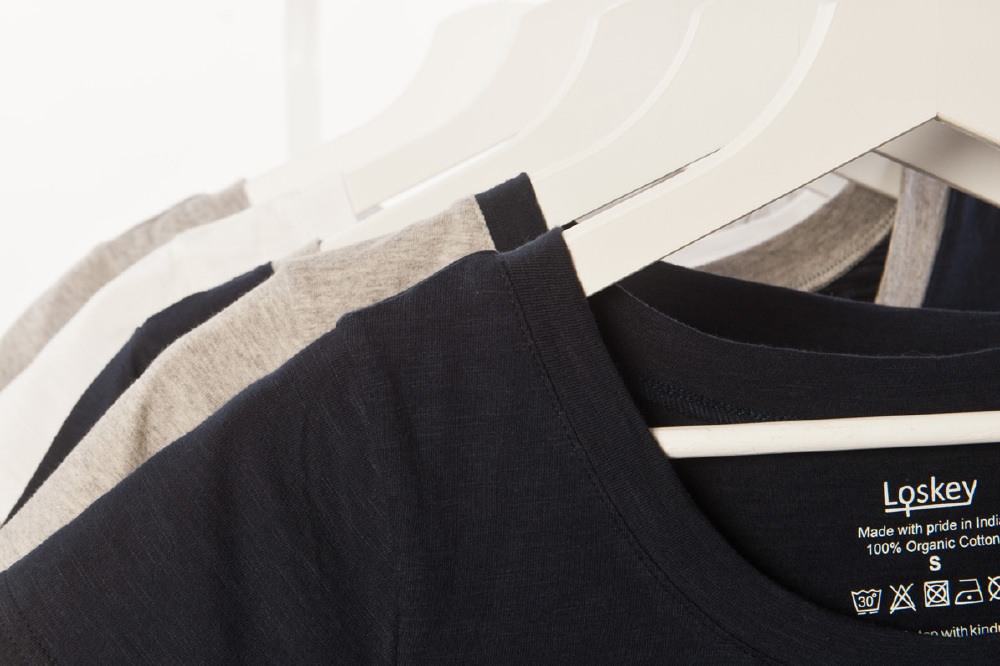by Lori Cunningham, Founder of Loskey

Lori Cunningham
Fashion is a trend-led industry, which means that there is always something ‘new’ being marketed to shoppers. Over the last few decades, this reality has been fuelled by fast fashion brands, able to crank out pieces straight of the runway at a fraction of the price. As a result, we now consume 80 billion pieces of new clothing per year – 400% more than before the advent of fast fashion – at a heavy cost to the environment.
So, how do we as consumers do our part to combat this trend? In the wise words of Vivienne Westwood, we need to ‘Buy less, choose well, make it last.’ Or, to put it another way, we need to develop our own, individual sustainable capsule wardrobe. Here are some tips for doing just that:


Know your style: This seems obvious, but I’m sure that every one of us has items in our wardrobes that we haven’t worn for years. We hang onto these, waiting for that ‘perfect moment’ when it will be appropriate. I know that I have been guilty of doing this, time and again. The reality is that those pieces didn’t fit my day-to-day style. While I might have visions of myself in long, flowing linen dresses, I never actually wear them. I’m really a t-shirt/trousers/jeans sort of person. So, be truthful with yourself, and bid farewell to those items that don’t make it into regular rotation. In de-cluttering your closet, you have already taken the first step towards the perfect capsule wardrobe!
Identify your staples: This is the next step after the all-important de-clutter – what are the essentials that continually form the base of your outfits? For me, it is a classic, well-cut t-shirt, which is exactly why I was inspired to start my own sustainable t-shirt brand, Loskey! These go-to items are what we can build a capsule around, and perhaps what we have a few more of than any other outfit piece. While I’m all about t-shirts, it can be anything from skirts, to eclectic scarves or hats.
Research brands: Here’s where the sustainability aspect really comes into play. If buying new, do a little online research to understand how committed to sustainability the brand truly is. With growing consumer awareness about the harm that fashion causes the environment, big brands are jumping on the bandwagon, extolling their own green virtues. Yet, dig a little deeper, and it becomes clear that some of these brands are simply ‘greenwashing’ – claiming to be eco-friendly for optics, but in reality, potentially doing even greater harm to the environment. An excellent example of this is vegan leather or fake fur – these materials can be sustainably made, but the majority of them are actually more harmful to the environment than their ‘non-eco’ counterpart. PVC or polyurethane based leather substitutes uses solvents that are harmful for the environment. Brand that are truly committed will give you details about their supply chain – the ‘where, how and who’ of making their clothes – as well as the details of the fabrics used. It is often the smaller brands that are able to provide this level of detail, making them a ‘safer’ sustainable option than the well-known high-street behemoths!
Know your fabrics: This point follows on from the last – get an understanding of what fabrics are truly sustainable and then check labels! Some brands claim that they are ‘organic’ cotton, but unless it is GOTS-certified, there is no way to know that it is true. Equally, some brands will tout their plant-based credentials in using Bamboo Viscose, but the only viscose product that is made in an environmentally responsible way is TENCELTM.
Quality over quantity: It is true that an ethically, well-made item of clothing made from high quality sustainable fibres will cost more than an item of fast fashion. This is because the workers are being paid fair wages and all production processes are environmentally sound, which is inherently more costly. However, these items of clothing are also inherently high quality for all the same reasons. It may mean buying less, but you will find yourself with pieces that should last for years.
30 wears, or 100 wears: The #30wears concept was pioneered by Livia Firth of Eco-Age. It’s a simple idea – do not purchase an item of clothing unless you can imagine yourself wearing it at least 30 times. Clearly, floaty-linen dresses would not make the cut for me! The sustainable stylist Roberta Lee takes these even further, challenging shoppers to only buy items they will get #100wears from. It sounds slightly dauting, but I can assure you that there are many items in my own wardrobe that are well beyond that point, including some early editions of my own Loskey tees!
Love your clothes: Last, but certainly not least, the way you care for your clothes is key to their longevity, and thus the time they will spend as part of your trusted capsule wardrobe. If you wash items at lower temperatures, and give the tumble dryer a miss, they should continue to look pristine for at least 100 wears. The reality is that our clothing does not need to be washed as often as we have been led to believe. Hiut Jeans have taken this to an extreme by challenging customers to not wash their jeans for 6 months, instead sticking them in the freezer or airing them on a washing line when necessary (you can read about their ‘No Wash Club’ here). At Loskey, we don’t go quite that far, but do encourage mindful wash care so that your tees will be with you for years to come!

Lori Cunningham is the founder of Loskey, a sustainable, fairtrade and women-focused capsule clothing brand. Loskey’s core mission is the economic empowerment of women through education and opportunity. With a range of exclusively ethical, certified organic and fully sustainable clothing, Loskey is fully committed to minimise wastage and respect the environment.

